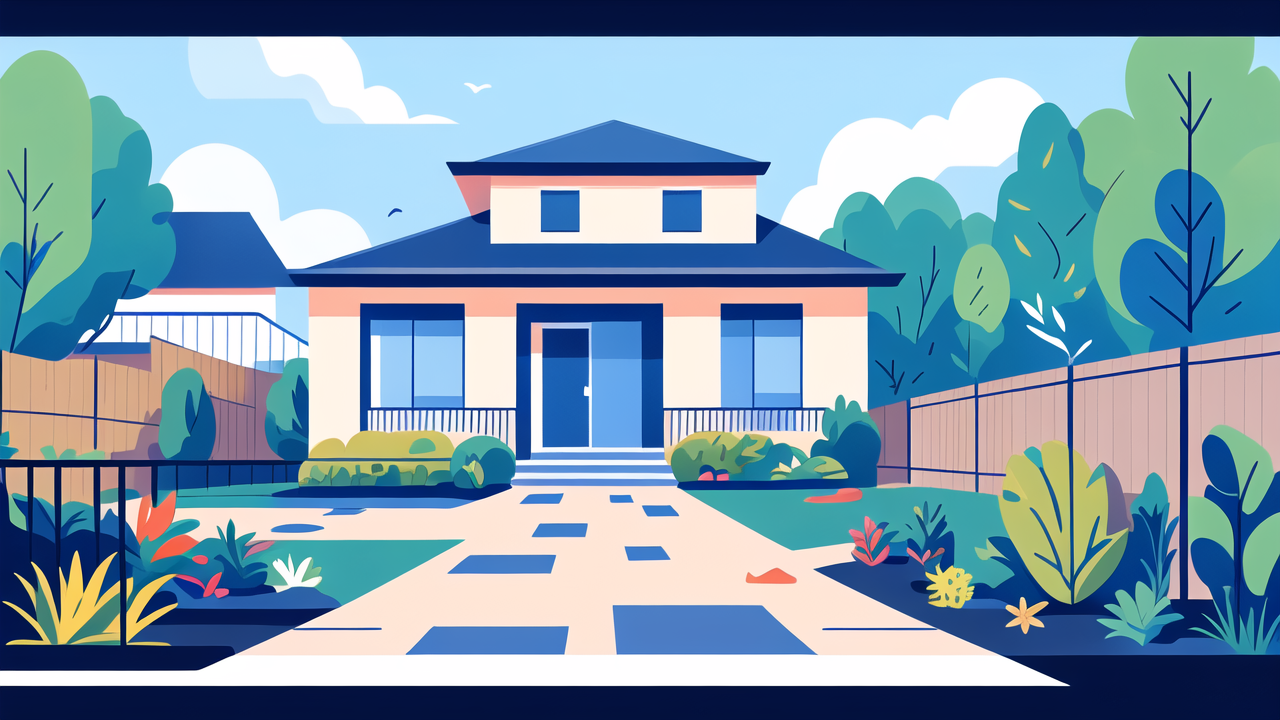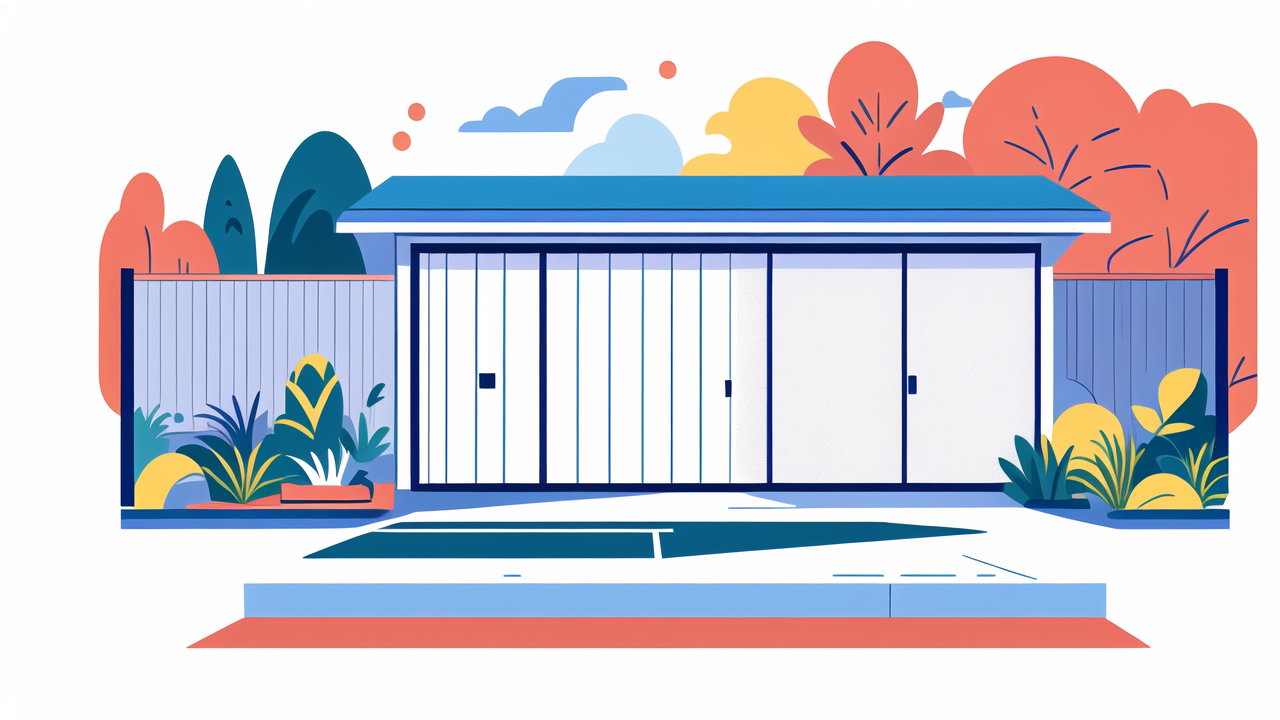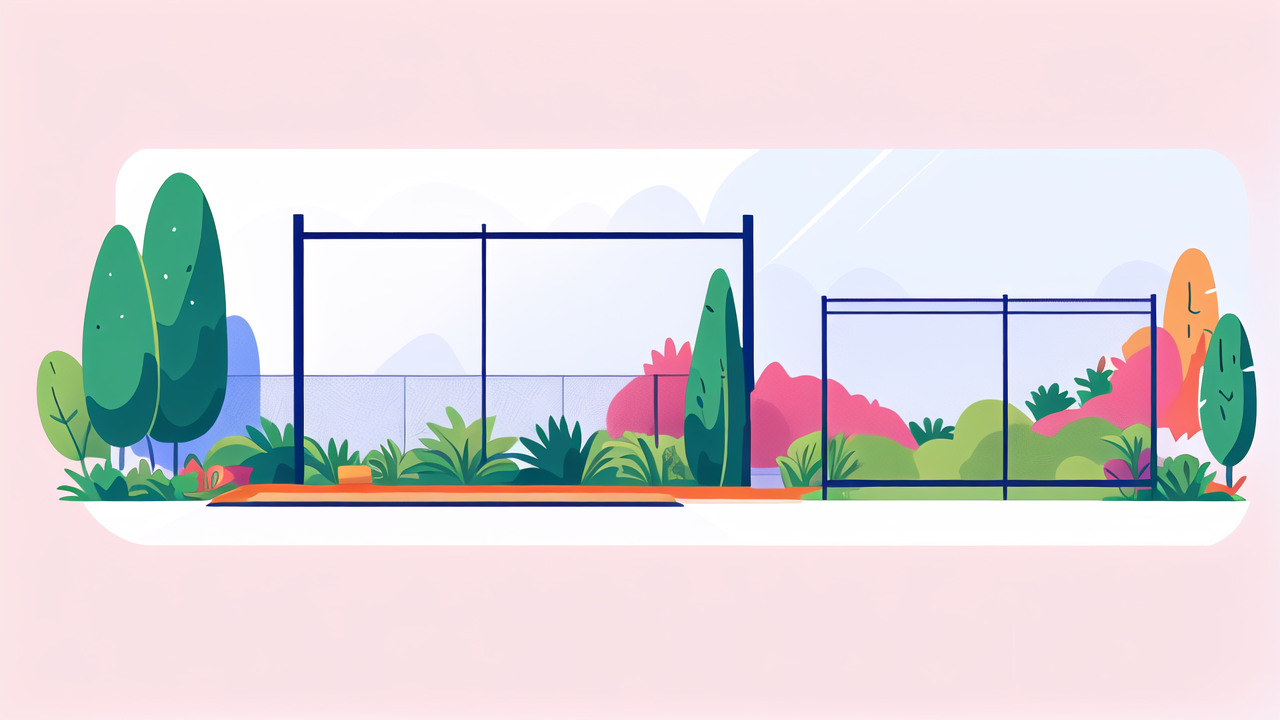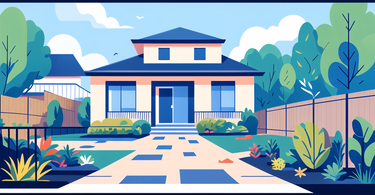Understanding the Importance of Garden Fences in the United States
The Role of Garden Fences in Property Maintenance
Garden fences play a crucial role in property maintenance for US homeowners. They act as clear boundaries, marking where your land ends and your neighbor's begins. This helps prevent disputes over property lines. Fences also keep pets and children safe within your yard. They protect your garden from wildlife, such as deer or rabbits, that might eat your plants. A well-maintained fence can last for years, reducing long-term maintenance costs. It can also shield your yard from strong winds, helping to protect your plants and outdoor furniture.

Security and Safety Benefits of Garden Fences
Garden fences offer significant security and safety benefits for US homeowners. They create a physical barrier that deters intruders and increases privacy. This is especially important in urban areas where homes are close together. Fences can block the view from the street, keeping valuables out of sight. They also prevent unwanted visitors from entering your property. For families with young children or pets, fences provide a safe enclosed space for outdoor play. They can also block access to potential hazards like pools or steep slopes, reducing accident risks.
Aesthetic Appeal and Value Addition
Garden fences contribute greatly to the aesthetic appeal and value of US homes. A well-chosen fence can enhance your home's curb appeal and complement its architectural style. It can create a cohesive look for your outdoor space, tying together different elements of your landscaping. Fences can also provide a backdrop for climbing plants or hanging decorations. This allows you to express your personal style and creativity. A quality fence can increase your property value, making it a wise investment. It can create private outdoor living spaces, effectively expanding your usable home area.
Key Considerations When Selecting a Garden Fence
Assessing Your Garden Fence Needs
When selecting a garden fence, US homeowners should carefully assess their specific needs. Consider the primary purpose of your fence. Is it for privacy, security, or decoration? Think about the climate in your area. Will the fence need to withstand harsh winters or hot summers? Evaluate your yard's size and shape. This will help determine the amount of fencing you need. Consider any local regulations or homeowners' association rules about fence height or style. Think about your long-term plans for the property. Will you need to move or expand the fence in the future? Also, consider your budget for both installation and ongoing maintenance.

Material and Durability: What US Homeowners Should Know
The choice of material greatly affects a garden fence's durability and maintenance needs. Wood is popular for its natural look, but requires regular upkeep. It may need staining or sealing every few years. Vinyl fences are low-maintenance and resist rot and insects. However, they can become brittle in extreme cold. Metal fences, like wrought iron, are very durable but can rust without proper care. Aluminum fences offer a good balance of durability and low maintenance. They don't rust and can withstand various weather conditions. Consider the local climate when choosing materials. Coastal areas may need corrosion-resistant options.
Design and Installation: Maximizing Utility and Appeal
The design and installation of your garden fence can greatly impact its utility and appeal. Choose a style that complements your home's architecture and landscaping. Consider the height of the fence. Taller fences offer more privacy but may block views or sunlight. Think about the spacing between pickets or panels. This affects both privacy and airflow. Decide on the gate placement for convenient access. Ensure proper installation to maximize the fence's lifespan. This includes setting posts deep enough and using quality hardware. Consider hiring a professional for complex installations or uneven terrain.
Navigating the US Market: Top Garden Fence Options
Comparing Different Types of Garden Fences
The US market offers a wide variety of garden fence types to suit different needs. Picket fences provide a classic, charming look ideal for front yards. They offer some boundary definition without blocking views. Privacy fences are tall and solid, perfect for creating secluded outdoor spaces. Chain-link fences are affordable and durable, great for large areas or pet containment. Split-rail fences offer a rustic look that works well in rural or suburban settings. They define boundaries without obstructing views. Lattice fences provide partial privacy while allowing air and light to pass through. They're great for supporting climbing plants.

Evaluating Suppliers and Contractors
Choosing the right supplier or contractor is crucial for a successful fence installation. Research local fence companies and read customer reviews. Look for businesses with a good reputation and years of experience. Ask for detailed quotes from multiple contractors to compare prices. Ensure they're licensed and insured to protect yourself from liability. Ask about warranties on both materials and workmanship. Check if they handle permits and utility line marking. A good contractor should offer advice on fence placement and material selection. They should also provide a clear timeline for the project completion.
Staying Ahead of the Curve: Trends and Innovations in Garden Fencing
The garden fencing industry is constantly evolving with new trends and innovations. Composite fencing, made from recycled materials, is gaining popularity for its durability and eco-friendliness. Smart fences with integrated security features are emerging in the market. These can include motion sensors or cameras. Modular fence systems offer flexibility for DIY installation and future modifications. Vertical garden fences combine boundary marking with plant growing space. This is great for small yards or urban gardens. Living fences, made of densely planted shrubs or trees, provide a natural alternative to traditional fences. They offer privacy while supporting local ecosystems.
